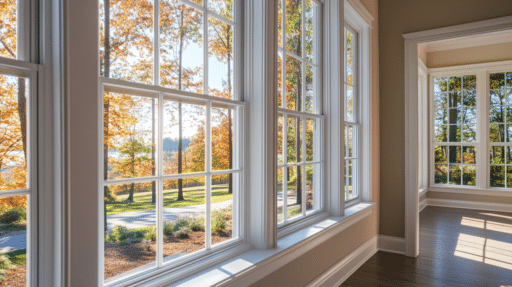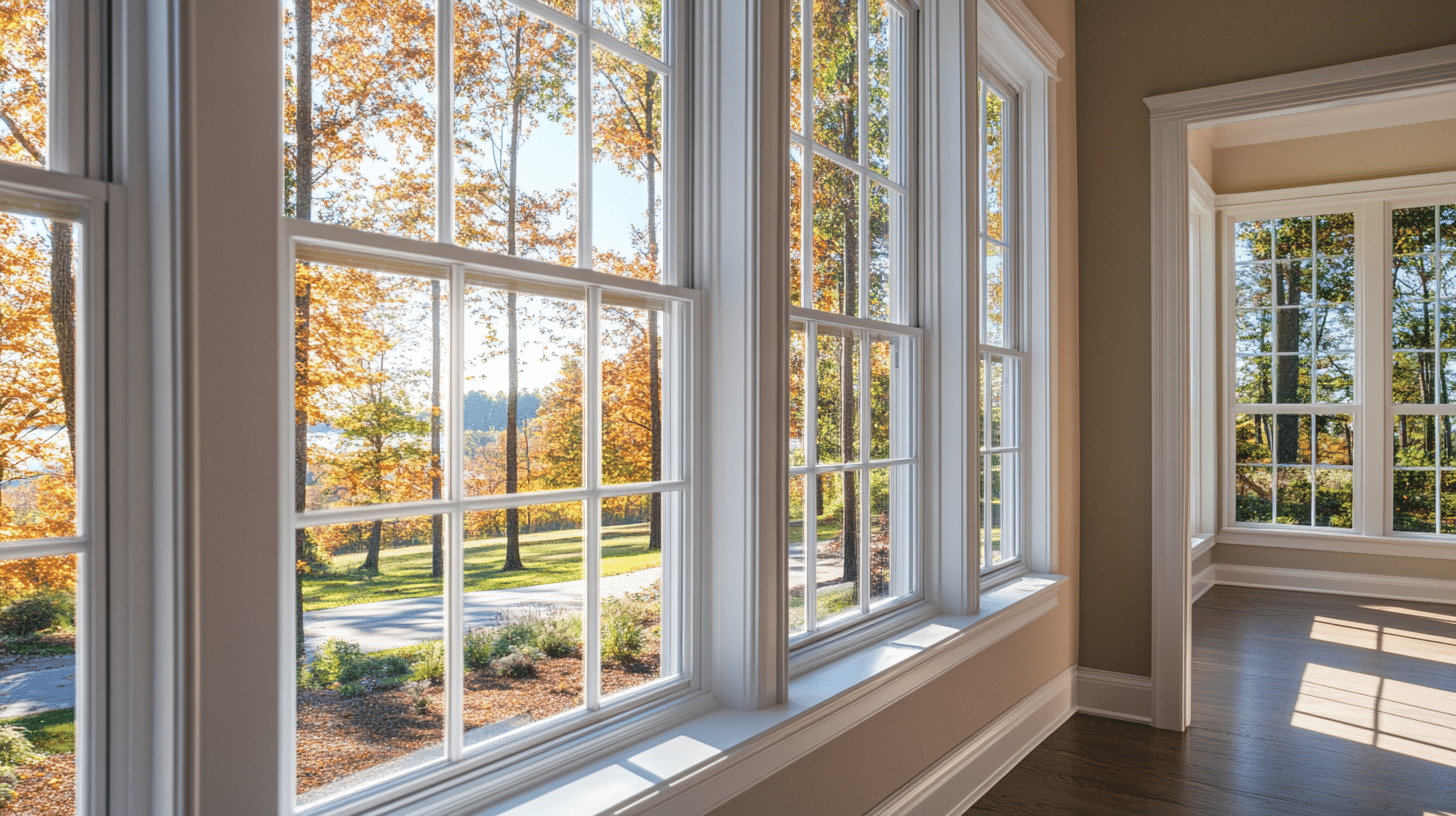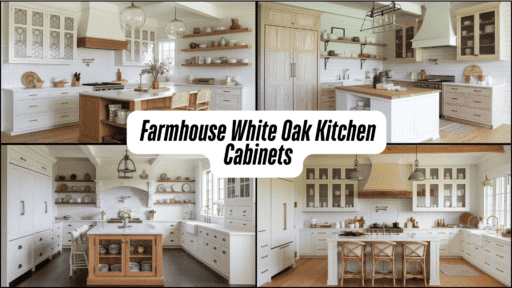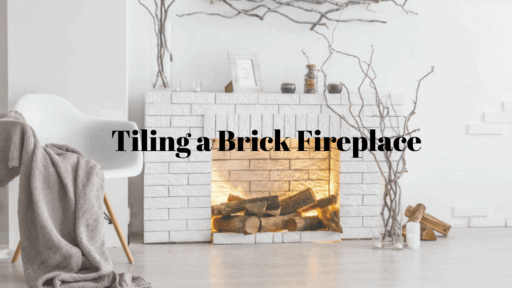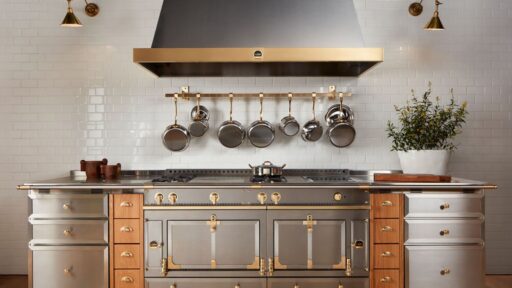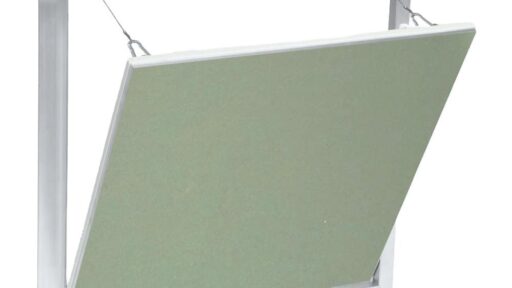New windows do more than just freshen up your home’s appearance—they can boost comfort, cut energy bills, and ramp up security. But with so many options out there, it’s easy to feel overwhelmed. Should you go for the clean lines of aluminium, or stick with the traditional warmth of timber? Is triple glazing worth the extra spend, or is double glazing enough? And let’s not forget the upkeep.
If you’re searching for a trusted Double Glazing Company In Hertfordshire, the team at Swan Windows are well worth a look. Known for their local knowledge and quality craftsmanship, they offer this advice: “The right windows should keep your home comfortable all year round. Think about the material, the glazing, and the style—get that balance right, and you’ll elevate both how your home looks and how it lives.”
1. Let Your Home’s Character Lead the Way
Your windows should suit the personality of your property. Mismatched styles can be jarring—a sleek contemporary window slapped onto a period cottage rarely looks right.
- Period homes shine with timber sash or traditional casement windows that respect their original charm.
- Modern builds often benefit from slimline aluminium or fuss-free uPVC frames.
- Looking for a bit of wow factor? Bay and bow windows can add space and depth, while tilt-and-turn styles offer a smart, modern edge with extra practicality.
2. Energy Efficiency: Stay Cosy, Cut Costs
Good glazing can make a world of difference, keeping your home snug in winter and comfortably cool in the warmer months.
- Double glazing usually does the trick, but if you’re in a particularly chilly spot, triple glazing could be worth the investment.
- Look for Low-E coatings, which bounce heat back into your home.
- Argon or krypton gas fills between panes add another layer of insulation.
- Aim for windows with an A rating or higher for the best energy performance.
3. Choose the Right Frame Material
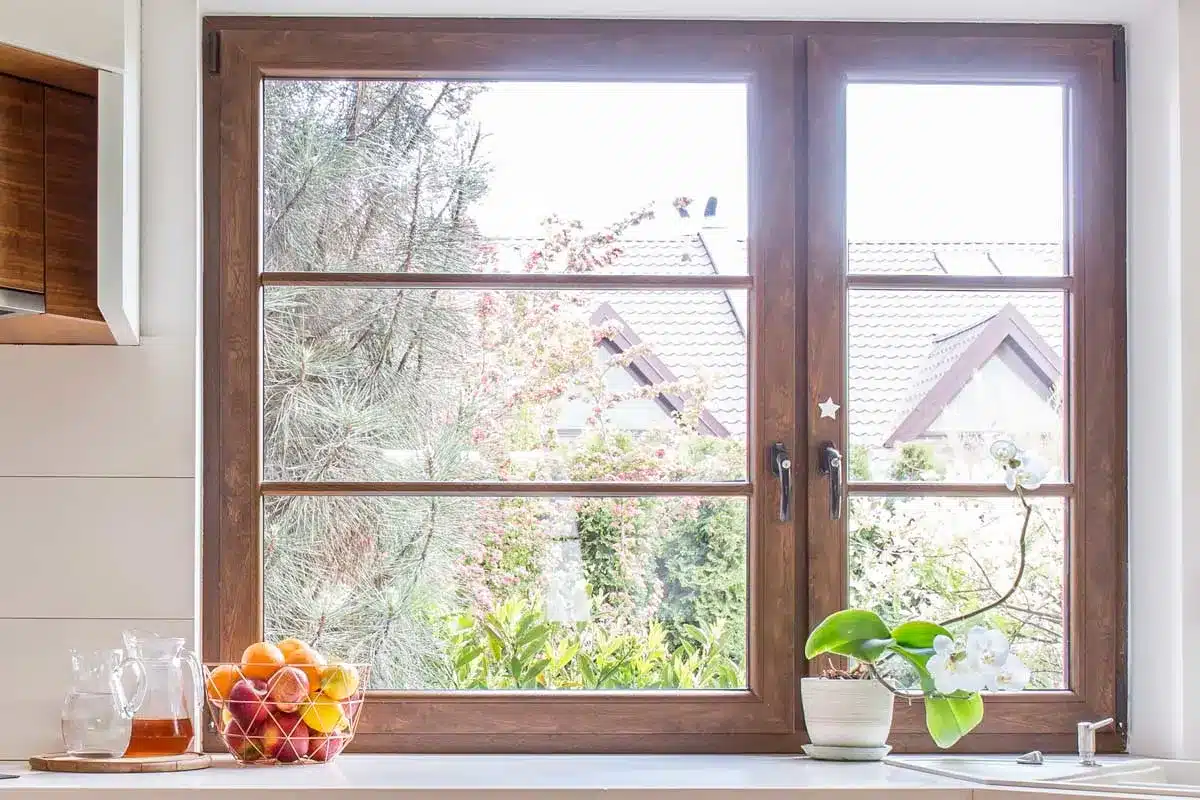
Window frames are more than just a visual detail—they affect durability, upkeep, and cost.
- uPVC is affordable and low-fuss, though not the most premium-looking.
- Aluminium delivers a sleek, rust-resistant finish, albeit at a higher price point.
- Timber offers timeless beauty, especially on older homes, but it does demand more attention.
- Composite frames give you the best of both worlds: wood on the inside for warmth, aluminium on the outside for weatherproofing.
4. Make Security a Priority
Windows can be a weak spot if not properly secured—so it pays to get this right.
- Go for multi-point locking systems for added peace of mind.
- Laminated or toughened glass is harder to break through.
- Want to go a step further? Choose windows with integrated security sensors.
5. Ventilation: Keep the Air Fresh and Healthy
Good airflow helps keep mould and damp at bay—and the right windows can make a big difference.
- Casement windows open wide for maximum breeze.
- Tilt-and-turn windows offer versatile airflow without compromising on security.
- Trickle vents allow gentle circulation even when the windows are shut—ideal in winter.
- In steamy spaces like bathrooms and kitchens, look for windows with built-in vents to help manage moisture.
6. Maintenance: Be Honest About How Much Time You Have
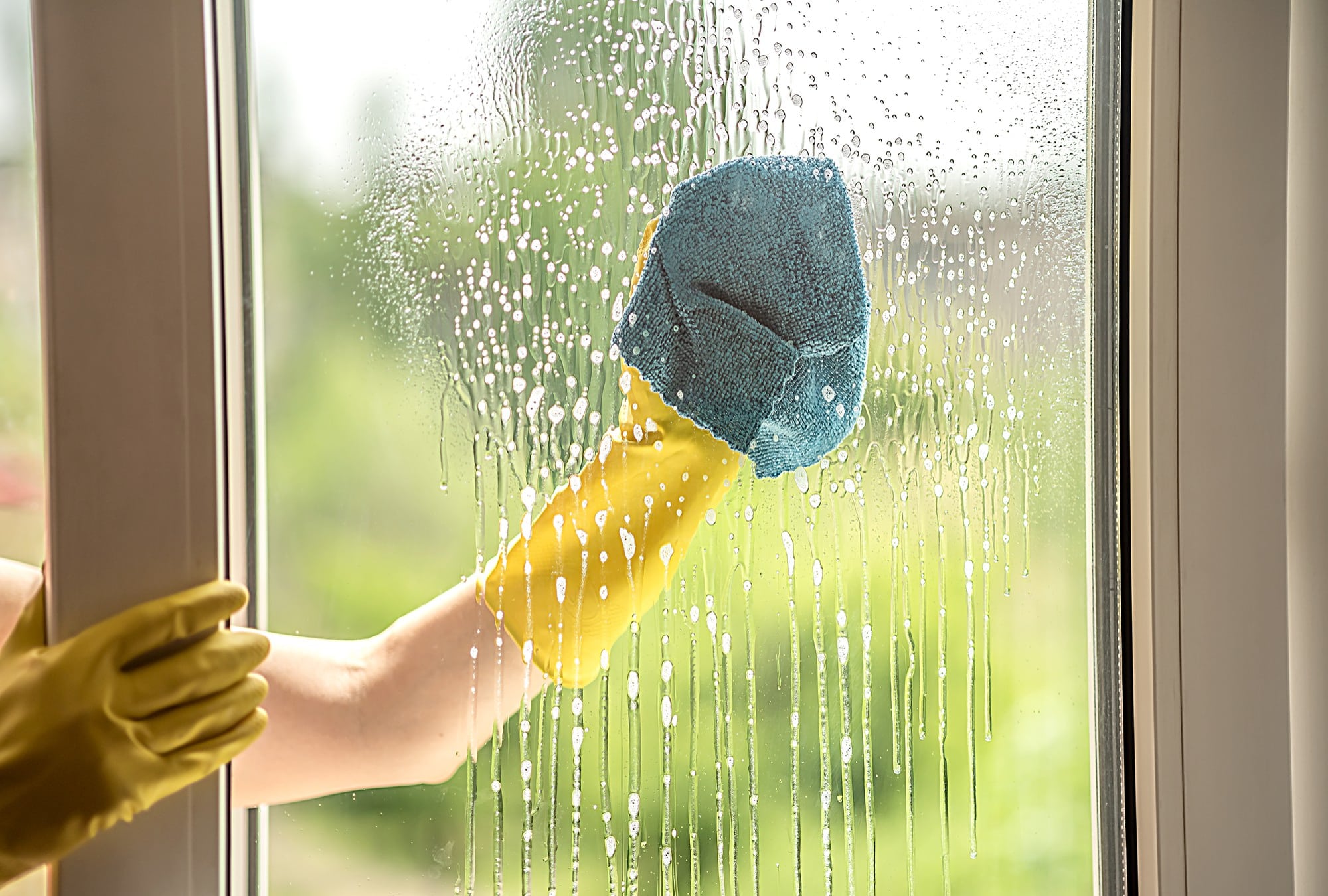
Some materials practically take care of themselves. Others? Not so much.
- uPVC and aluminium are low-maintenance—usually just a quick clean now and then.
- Timber looks lovely but needs repainting or staining every few years.
- Composite frames reduce the faff, offering a timber feel with aluminium toughness.
7. Budget Smartly: What Will It Cost?
Prices vary depending on the material and type of glazing:
- Expect £250–£600 per window for standard uPVC.
- Aluminium frames can range from £500 to £1,200.
- Timber windows often start at £700 and go up to £1,500 each.
- Triple glazing? Budget around 15–20% more than double.
It’s a big upfront spend, but quality windows can cut your energy bills long-term—and some installations may qualify for government incentives or green schemes.
8. Get It Installed Properly
Even the best windows are only as good as their installation. Poor fitting can lead to draughts, leaks, and even structural damage.
Always use a certified installer—look for FENSA or CERTASS accreditation. This ensures compliance with building regulations and often comes with guarantees on both the product and the work.
Final Thoughts
Choosing new windows isn’t just a design decision—it’s a chance to improve your home’s comfort, efficiency, security, and value. By weighing up materials, glazing options, and styles carefully, and investing in proper installation, you’ll get windows that truly work for your lifestyle. The right choice will not only save you money but add real value to your home in the long run.

